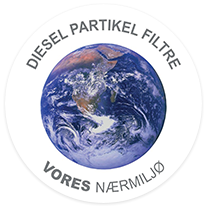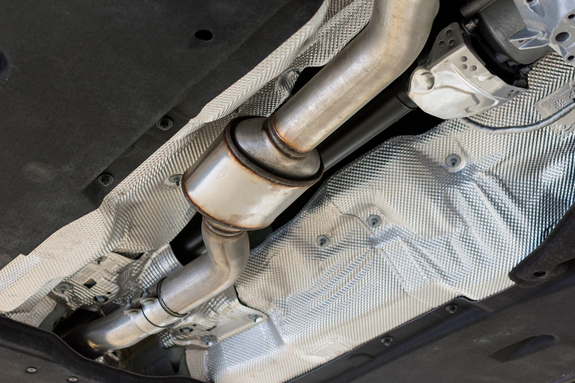A DPF does not work if it isn´t combined with some kind of a catalyst which catalyses the ability to burn the sod, that is generated in the exhaust gas.
The sod is ignited at 600 degrees Celsius, and this temperature will never occur without the help of a catalyst.
A catalytic converter can, in a system with DPF, be installed in front of the filter, be coated on the monolith itself, or be added to the fuel in form of a liquid.
In most systems, the catalytic converter is installed in front of the DPF, as a separate unit.
In the DPF system, the catalytic converter is the “active” part, and the DPF is the “passive” part of the system. The sod and ashes is accumulated in the DPF. In the catalytic converter an oxidation of nitrogen takes place, so that the sod can be burned.
Should the converter be clocked with sod or polluted with oil, the oxidation needed will not take place, and the DPF will be clocked too fast, eventually causing damage to the DPF.
A converter is often clocked due to insufficient combustion, leaking of injectors or a defective turbo charger. In this case, it is very important to have both the DPF and the converter cleaned.
Should a pollution take place, due to a defective turbo charger, the oxidation effect in the catalytic converter is substantially reduced.
This I because of the amount of phosphor in the engine oil, together with the sulfur of the fuel, reduces the efficiency of the converter.
This type of pollution can be cleaned with a combination of several different chemical bathes.
A process that MT Filter Service has been able to perform for several years.

